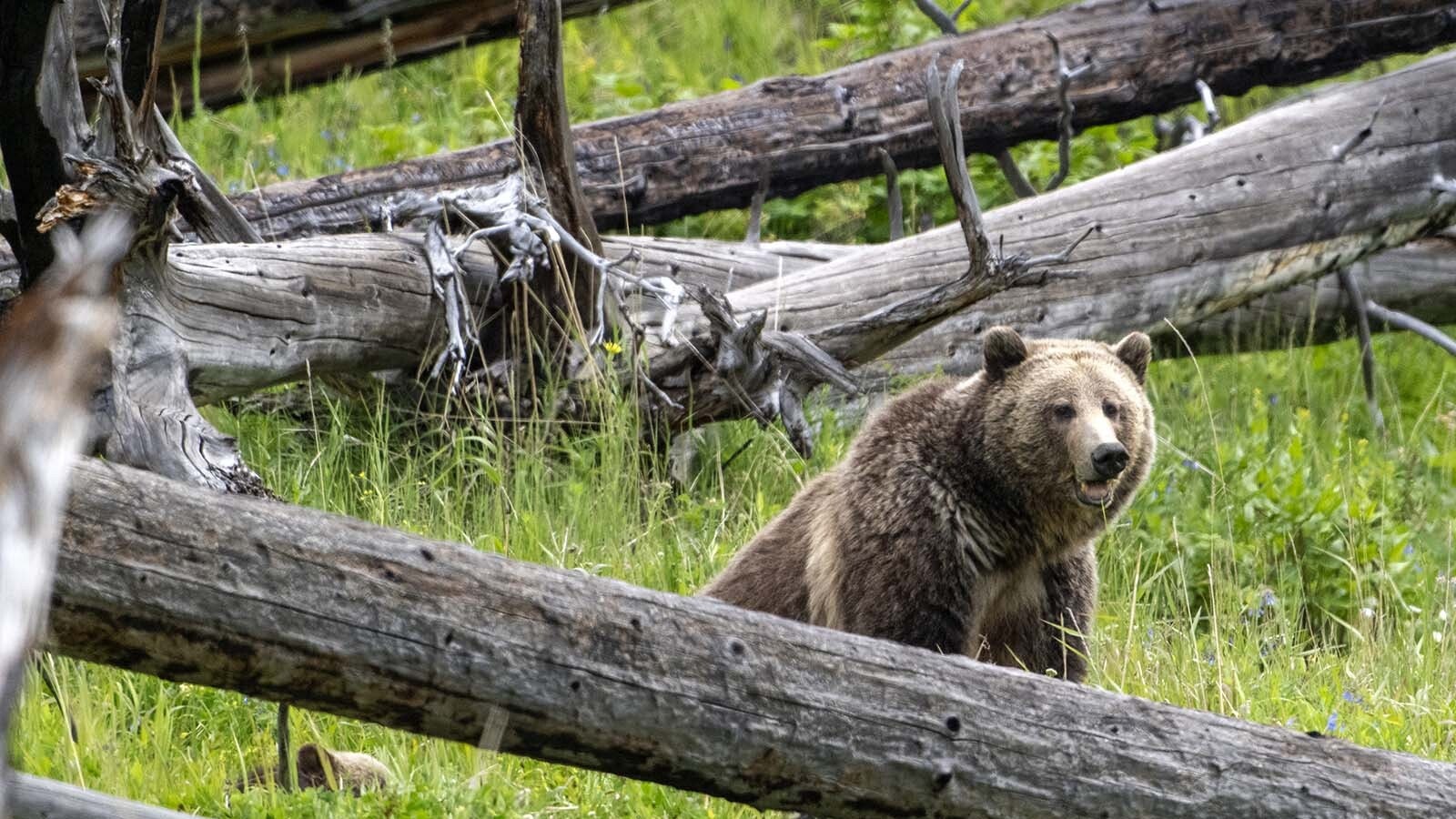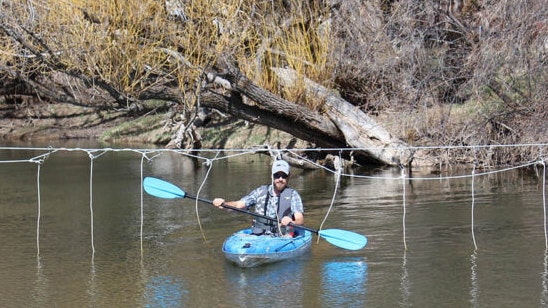Wyoming’s wolves are just getting too smart to kill.
Wolf tags sales and the number of wolves killed by hunters have gone down in recent years, said Brian Taylor, who lives hunts and guides in the Gros Ventre area.
“The novelty of wolf hunting is over,” Taylor said during a meeting of the Wyoming Game and Fish Commission in Casper on Tuesday. “It’s tough. I hunted all of November and didn’t get anything.”
After more than a decade of being hunted in Wyoming, wolves have simply gotten too smart and elusive for most hunters, he said. And especially after a devastating winter has thinned out many of Wyoming’s premier antelope, deer and elk herds, the predators might take too heavy a toll on what’s left.
“They’re big, they’re fast. They’re all you would want to be if you’re at the top of the food chain. They’re tough,” Taylor said.
He was one of several hunters and outfitters who told the commission that more should be done to control predators such as coyotes, wolves, bears and mountain lions as big game herds continue to reel from winterkill.
The Game and Fish Commission met Monday and Tuesday in Casper to set hunting seasons and hunting tag allocations for fall 2023.
The commission on Tuesday afternoon voted unanimously to consider raising kill quotas for predator hunting seasons in the areas suffering the worst big game winterkill, mostly in central and southcentral Wyoming.
The Wyoming Game and Fish Department was given a month to come up with proposed changes to predator hunting quotas, which the commission will consider at its May meeting.
Holding Bears In Place, More Wolf Tags
Predators hitting adult animals is bad enough, but there’s increasing worry that black bears in particular might start eating deer fawns and calf elk this spring, some hunters said.
Ted Jenkins said he’s concerned about deer herds in the Wyoming Range, where he guides hunters in the Greys River area.
“These bears are targeting the mule deer, and they’re targeting the fawns,” he said.
Bear hunter Logan Hedges of Smoot agreed that bears “can be tough on things.”
During the upcoming spring bear seasons, he encouraged fellow bruin hunters to keep stocking their bait sites, even if they’ve already killed a bear and filled their tag.
It’s legal in Wyoming to use bait to draw bears in, so hunters might get shots from nearby ground blinds or tree stands.
Keeping bears lingering at bait sites will keep them away from young big game animals, Hedges said.
“We can hold a lot of bears on these baits, so they’re not on those deer fawns and they’re not on those calf elk,” he said.
Coyotes killing calves and fawns also can be a concern, Wyoming Game and Fish Department Director Brian Nesvik said, so coyote hunters can do their part as well. Coyotes may be killed on sight at any time in Wyoming with no bag limits.
In future, Game and Fish should increase the number of wolf tags in the Gros Ventre, Taylor said.
He also said the Forest Service closed many roads and other access points in December, which hurt wolf hunters’ chances of making kills.
“We lost two weeks of hunting in early December because of early heavy snow and closures,” he said.
Grizzlies Still Biggest Troublemakers
When it came to raising a ruckus with humans, grizzly bears – which may not be hunted in Wyoming – are the biggest culprits, Brian DeBolt told the commission. He’s the conflict coordinator for the Game and Fish large carnivore management section.
Incidents counted as “conflicts” with predators involve property destruction, loss of livestock or pets and threats to human safety, he said.
In 2022, DeBolt said his agency counted 32 conflict incidents involving mountain lions, 47 with wolves, 122 with black bears and 206 with grizzlies. The grizzly conflicts included two incidents of human injuries.
Game and Fish helps landowners with deterrents, such as putting electric fences around livestock pens and pastures, he said.
“We put up miles of electric fence, mostly for bears,” he said.
Stupid Human Tricks Don’t Help
In some areas, people are the problem, DeBolt said.
For instance, along the Togwotee Pass highway, some people will stop and get out of their vehicles right next to grizzly bears, including females with cubs, DeBolt said. That’s despite Game and Fish and other agencies continually issuing warnings and posting signs not to do so.
To illustrate the point, he showed a slide of several people with cameras bunched up within yards of a mother grizzly and her cub along the roadside at Togwotee Pass.
“If at any point she decides she’s had enough, there isn’t a single one of those individuals who could get away from her,” he said. “Frequently, the bears are easier to control than the people.”
Mark Heinz can be reached at mark@cowboystatedaily.com.





